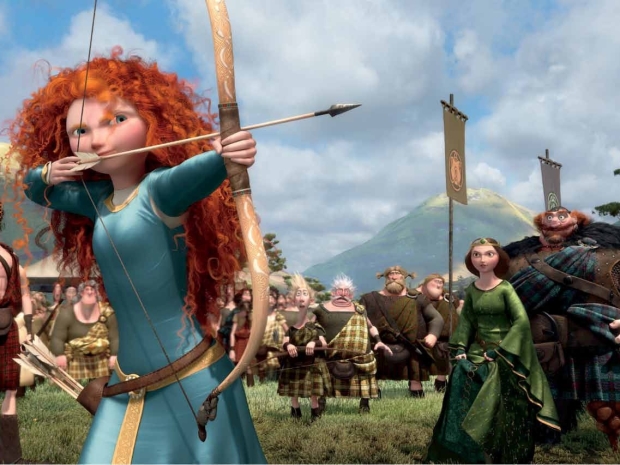The company said that image and video results from Brave Search -- available on the web at search.brave.com and via its browser -- will be served from Brave's own index. Search indexes are made by visiting online resources -- typically web pages, images, videos, or other files -- with a crawler bot and recording the locations of these resources in a database. And when an internet user submits a query to a search engine, the search engine checks its index (and possible other sources) to find the addresses of resources that correspond to the query keywords.
Brave said that its search is now 100 percent private and anonymous and argues that having its own index frees the company from content decisions made by others.
"Whether it's a matter of personal safety or personal preference, users should be able to discover content without their search engine reporting and profiling those results to a Big Tech company."
"Brave is on a mission to build a user-first Web. That mission starts with the Brave browser and Brave Search. With the release of image and video search, we're continuing to innovate within the search industry, providing viable and preferable products for users who want choice and transparency in their search for information online," a Brave spokesman said.
Practically we have noticed that the number of useful searches has dropped on Brave. Hopefully it will get a bit better over time.

